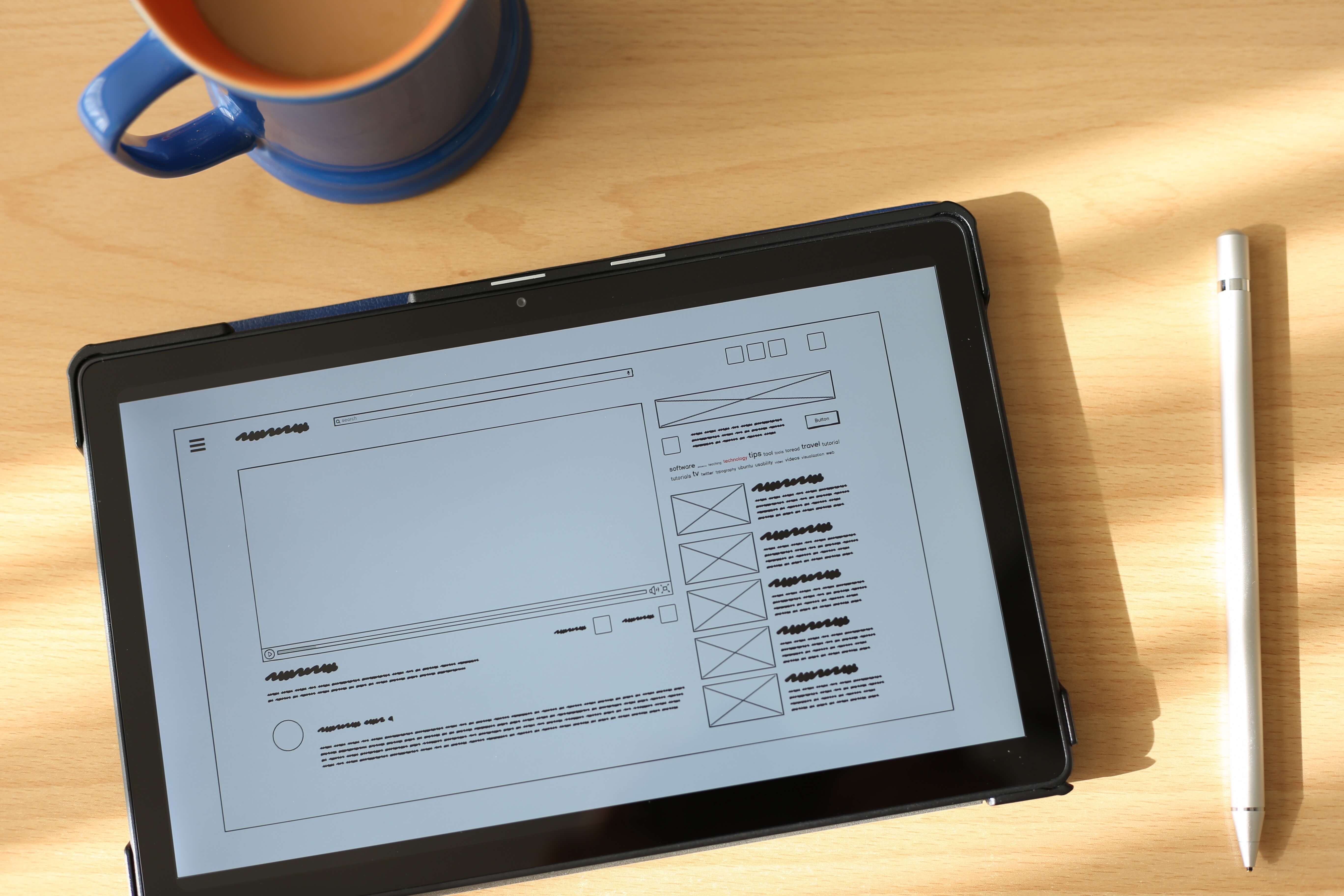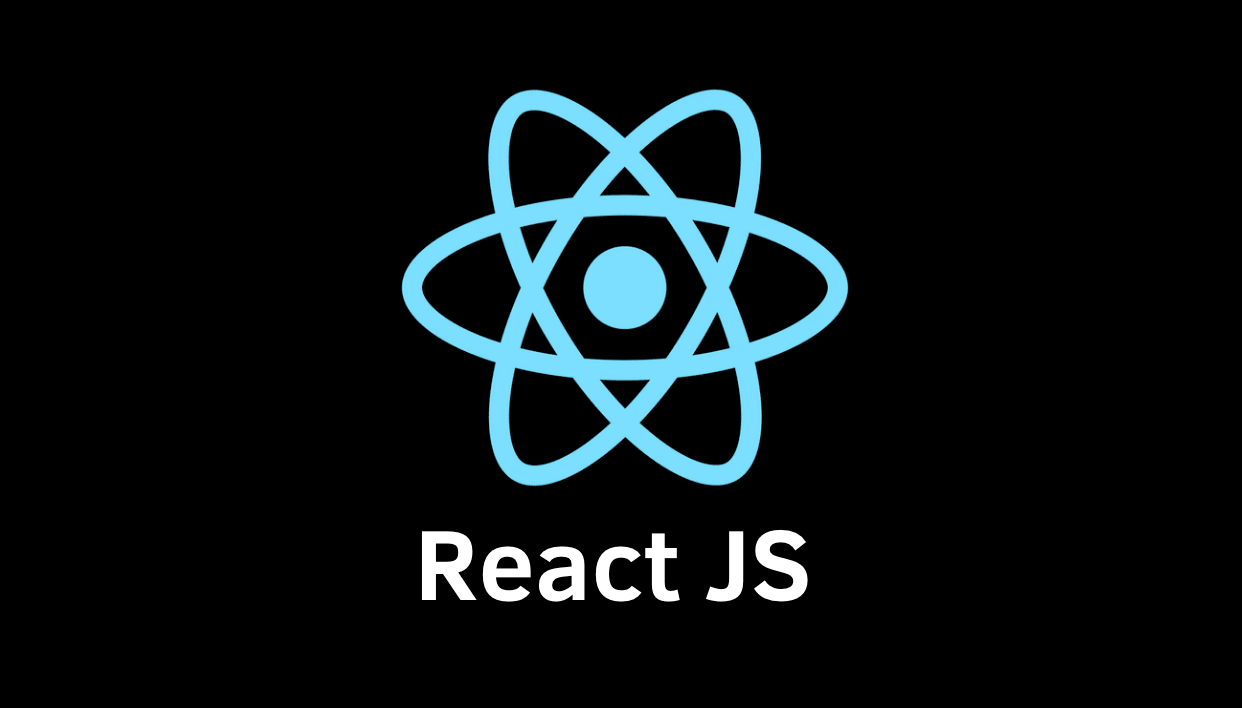What is Web Design? The Ultimate Guide To Website Design
What is Web Design? The Ultimate Guide To Website Design
In this guide, you'll learn the fundamental concepts of web design, including the structure and layout of a website, the use of color and typography, and the importance of usability and accessibility. You'll also explore the latest design trends and techniques, and discover how to use a variety of tools and platforms to build and maintain your websites.
What is Web Design?
Web design is the practice of creating, sustaining, and developing websites. It takes a number of skills and disciplines to build a website that is tailored to the needs of the customer or company. Designing a website can be a difficult process that includes planning, research, development, testing, and execution.
The web designer must decide at the outset of the project who the target audience is and what the goals are for the website. This will determine the layout, information, and features of the site. The web designer will then deliver an outline of the website's design and layout in the form of a sitemap and wireframe.
What Is the Use of Web Designing?
There are numerous uses for web design. It can be used to build a website for a company, group, or person. It can also be used to build websites with a particular function in mind, such as an online store, blog, or discussion board. Additionally, websites can be developed to offer information and amusement.
Websites that advertise a company's goods or services are made using web design by businesses. These websites often provide details about the business, its goods and services, and a contact page. They might also have buttons for the business's social media pages or an app download link.
Individuals use web design to create websites for personal or professional reasons. Personal websites may contain information about the individual, their portfolio, or their blog. Professional websites may include an individual’s resume, contact information, and links to their social media accounts.
What Is the Process of Web Design?

Web design is an ever-evolving field that involves creating, managing, and improving websites. It involves a variety of disciplines and skills in order to produce a website that meets the goals of the client or business. Designing a website can be a complex process that requires planning, research, design, development, testing, and deployment.
At the beginning of the process, the web designer must first identify the goals of the website and the target audience. This will determine the structure, content, and functions of the site. The web designer will then create a sitemap and wireframe to provide an outline of the website’s design and layout.
The design stage will subsequently be entered by the web designer. Choosing colors, fonts, and other visual components to give the website its look and feel is part of this process. The web designer will also produce text, graphics, and photographs to supply the website's content. All of these must reinforce the brand name or domain name, which should be accomplished by choosing something memorable, pertinent to your website, and distinctive. Try to make it snappy, succinct, and brief.
Once the design is complete, it is time to begin the development phase. This involves coding the website using HTML, CSS, and other web programming languages. The web designer will also configure the website’s hosting environment and ensure that the site is optimized for search engines.
The next step is to test the website. This includes making sure all of the elements are working properly and that the content is displaying correctly. The web designer will also need to test the user experience by making sure the website is easy to navigate and the content is easy to find.
Finally, the website is ready to be deployed. This involves making sure the website is live on the Internet and is accessible to the public. The web designer will also need to ensure that the website is secure and is backed up regularly.
Benefits of Web Design
Web design is an important part of the modern business world. It has a variety of benefits that can help you to make your website stand out from the competition and draw in more customers and revenue. Here are some of the major benefits of web design:
1. Increased Visibility
A well-designed website is more likely to be noticed by search engines and other web users. This means that your website is more likely to come up in searches and more people will be able to find your business online. This can help to drive more traffic to your website, which can in turn lead to more customers and revenue.
2. Improved User Experience
A website that is attractive and easy to navigate can make the user experience much better. This can lead to more people spending more time on your website, engaging with your content and potentially becoming customers.
3. Brand Recognition
A well-designed website can help to build brand recognition. This can help to create more loyalty to your brand and make people more likely to recommend it to others. It needs to go hand in hand with your branding including colors and fonts which you choose by considering the purpose of the website and the target audience. Also consider the overall design goal, such as creating a sense of trust or creating a fun and playful atmosphere. Also, use colors and fonts that complement each other and that are easy to read.
4. Cost Savings
Having a website can save you money in the long run. It can be more cost-effective than traditional marketing methods, and it can be easier to reach more customers.
Types of Website Design: Adaptive Vs. Responsive

When it comes to designing a website, there are two main approaches: adaptive and responsive. Both have their advantages and disadvantages, so it’s important to consider which method best suits your website’s goals and end users.
Adaptive website design is based on the concept of designing a site that is tailored to the exact device that a user is accessing the website on. This means that the website’s layout, content, and features are specifically designed to fit the size of the device’s screen. The website will detect the size of the device and then adjust its layout accordingly. This approach is great for developers because they only need to create a few versions of the website to cover a wide range of devices.
The downside to adaptive website design is that it can be quite expensive to develop, as you need to create different versions for each device. It can also be difficult to keep track of all the different versions and ensure that they are up to date.
Responsive website design is based on the idea of creating a website that adapts to the size of the device it is being viewed on. This means that the website’s layout, content, and features will adjust to fit different screen sizes. This approach is great for developers because they only need to create one version of the website that can be accessed on any device.
The downside to responsive website design is that it can be difficult to develop, as it requires a lot of coding and testing. It can also be difficult to make changes to the website once it is live, as any changes need to be tested on all the different devices.
What is Headless Website Design?
In recent years, there has been a growing trend in website design towards a concept known as "headless design." This term may sound strange, but it refers to a specific type of website architecture that separates the front-end design (what users see) from the back-end functionality (how the website works). In other words, headless website design is all about decoupling the website's presentation layer from the content management system (CMS) that drives it.
Traditionally, website design involved building the front-end and back-end as a single, integrated system. The front-end (what users see) would be tightly coupled with the back-end (the code that makes the website work). While this approach worked well for many years, it had some significant limitations. For example, making changes to the design of a website could often require changes to the underlying code, which could be time-consuming and complex.
With headless website design, the front-end and back-end are separated, which allows for more flexibility and agility in the development process. Instead of being tightly coupled, the front-end is treated as a separate entity that can communicate with the back-end via APIs (Application Programming Interfaces). This means that changes to the front-end design can be made without affecting the underlying code, making it easier and faster to iterate and experiment with different design approaches.
One of the biggest advantages of headless website design is that it allows developers to use any front-end technology they want. Because the front-end and back-end are separate, developers are not limited to a specific CMS or programming language. This means that they can use the tools and technologies that they are most comfortable with, which can lead to faster development times and better overall results.
Another advantage of headless website design is that it enables greater scalability and flexibility. Because the front-end and back-end are decoupled, it is possible to scale each component independently. This means that as the website grows and evolves, it can be optimized for performance and functionality without sacrificing design or user experience.
What is React?

React is a popular JavaScript library that is used for building user interfaces. It was developed by Facebook and has gained a lot of popularity in recent years due to its ease of use and flexibility. React is often used in web design to create dynamic and interactive user interfaces that are fast, responsive, and easy to maintain.
React is based on a component-based architecture, which means that complex user interfaces can be broken down into smaller, reusable components. These components can be easily shared and reused across different parts of a website, which can save time and effort during the development process. Because each component is self-contained, it can be tested and debugged independently, which can also make the development process more efficient.
One of the key benefits of React is its virtual DOM (Document Object Model). The virtual DOM is an in-memory representation of the actual DOM, which allows React to update only the parts of the page that have changed, instead of updating the entire page. This can lead to significant performance improvements, especially when dealing with large and complex user interfaces.
React also provides a set of tools and libraries that can be used to build web applications. For example, React Router is a popular library that can be used to create navigation between different pages or views within a website. Redux is another popular library that can be used to manage application state in a predictable and scalable way.
In addition to its technical benefits, React has a large and active community of developers who contribute to the development of the library and provide support to other developers. This community has created a wealth of resources, such as tutorials, documentation, and code examples, which can be extremely helpful for beginners and experienced developers alike.
What is a Content Management System?

A Content Management System (CMS) is a software application that allows users to create, manage, and publish digital content, typically for websites. CMSs provide an easy-to-use interface that allows users to add, edit, and delete content without requiring any technical knowledge of programming or web design.
One of the most popular CMSs in the world is WordPress. It was first launched in 2003 and has since become a leading CMS, powering over 40% of all websites on the internet. WordPress is an open-source platform, which means that its source code is freely available to anyone, allowing developers to create plugins and themes to enhance its functionality and appearance.
WordPress allows users to create and manage various types of content, including pages, posts, images, and videos. It also provides a range of plugins that can add features such as search engine optimization (SEO), e-commerce functionality, and social media integration.
WordPress is known for its user-friendly interface, which makes it accessible to users of all skill levels. It has a large and active community of developers who contribute to its ongoing development, ensuring that it remains up-to-date with the latest web technologies and trends.
In addition to its ease of use and flexibility, WordPress is also highly customizable. It allows users to choose from thousands of pre-made themes and plugins or create their own, making it possible to create a website that is unique and tailored to their specific needs.
Why Is Web Design Important?
The importance of web design in the modern world cannot be overstated. In today's digital age, having a website is almost essential for businesses, organizations, and individuals alike. A website is a way for people to access information and services, and having a well-designed website can make this process more efficient, effective, and enjoyable.
Web design is important because it helps create a positive impression. When someone visits a website, the layout, design, and overall look of the website can have a lasting impression. A well-designed website with a professional layout, modern graphics, and effective navigation can create a positive impression and make visitors more likely to return.
Web design is also important because it can help create a brand identity. The look of a website can say a lot about the brand it represents. A website should be designed to represent the brand’s values, mission, and identity. This can be done through the use of colors, fonts, and images. When done properly, it can help create a strong and cohesive brand identity.
Finally, web design is important because it can help with search engine optimization (SEO). SEO is a process of increasing a website’s visibility in search engine results. A website can be optimized for SEO by making sure it has a user-friendly design, relevant content, and optimized images and meta tags. This can help increase the likelihood of a website appearing higher in search engine results.
Principles of Design Applied to Websites

The design of a website is an essential factor in determining the success of a website. In order to ensure that the design is effective, it is important to consider the principles of design as they apply to web design. The principles of design are the fundamental elements of an effective design. They include balance, unity, contrast, emphasis, rhythm, proportion, and movement.
Balance is the ability to create a sense of equilibrium and stability in the design. It can be achieved by arranging elements in the design so that they are evenly distributed. This is particularly important in web design as it helps to create a sense of order and visual harmony.
Unity is the ability to create a feeling of oneness in a design. This is achieved by incorporating consistency into the design elements. For example, the use of a consistent color palette and font family can help to create a unified feel to the design.
Emphasis is the ability to focus the attention of the viewer on a particular element or element. This can be achieved by making an element stand out through the use of color, size, or placement.
By applying these principles of design to web design, you can create an effective and visually appealing website. By considering the principles of design, you can ensure that your website is well designed and that it has all the elements needed to make it successful.
Conclusion
Web design is an essential part of creating a successful website. It involves planning, designing, and developing a website to make it more attractive, user-friendly, and easy to use. Web design can help businesses to reach a larger audience, create an engaging user experience, and increase conversions. In addition, the principles of design can be applied to create aesthetically pleasing and effective websites.



